Of the Glossopharyngeal nerve belongs to the cranial nerves and has six branches in which it leads motor, parasympathetic, sensory and sensory fibers. With them, the glossopharyngeal nerve predominantly innervates the pharynx, the tongue and the palatine tonsil.
What is the glossopharyngeal nerve?
Twelve cranial nerves leave the brain at different points on the head and increasingly branch out to form a network of nerves that mainly runs through the head. The glossopharyngeal nerve corresponds to the ninth cranial nerve and is also called due to its functions Tongue and throat nerve known. In contrast to other nerve tracts, the cranial nerves do not run over the spinal cord.
In addition, the glossopharyngeal nerve belongs to the subgroup of the branchial arch nerves, as it is formed from the third branchial arch during embryonic development. The trigeminal nerve, the facial nerve and the vagus nerve arise from five additional gill arches. Medicine also refers to the branchial arch nerves as brachial nerves - the visceromotor control of the glossopharyngeal nerve is accordingly also known as the brachiomotor function.
Anatomy & structure
The glossopharyngeal nerve has six important branches:
- Tympanic nerve
- Rami tonsillares
- Carotid sinus ramus
- Ramus pharyngeus
- Ramus musculi stylopharyngei
- Rami linguales
The tympanic nerve or the tympanic cavity nerve leads to the middle ear and there, with its sensitive fibers, contributes to the tympanic plexus. The nerve plexus is located in the tympanic cavity and also contains fibers from the carotidotympanic nerve. The small petrosal nerve forms a connection between the tympanic plexus and the otic ganglion. It is also known as the Jacobson's anastomosis. In addition, the glossopharyngeal nerve reaches the otic ganglion via the almond branches or rami tonsillares.
The carotid branch (Ramus sinus carotici) branches off from the tongue and pharynx nerve. On the one hand, it forms the carotid body on the carotid artery (common carotid artery) and, on the other hand, the carotid sinus on the internal carotid artery (internal carotid artery). The pharyngeal branch (Ramus pharyngeus) of the Nervus glossopharyngeus leads to the Plexus pharyngeus, where it mixes with fibers from the tenth cranial nerve (Nervus vagus), the larynx nerve (Nervus laryngeus superior) and the upper cervical ganglion (Ganglion cervicale superius). The ramus musculi stylopharyngei innervates one of the pharyngeal elevators (musculus stylopharyngeus). Finally, the lingual rami form a group of branches of the glossopharyngeal nerve. They represent the terminal branch and supply the rear part of the tongue.
Function & tasks
In the various branches of the glossopharyngeal nerve there are both motor and sensory, sensory and parasympathetic fibers. The motor components are predominantly visceromotor neurons and are not subject to conscious control by humans. The ramus musculi stylopharyngei is an exception, as the pharynx is a striated muscle and belongs to the skeletal muscles. It participates in swallowing and works with the other throat, palate and tongue muscles.
In the tympanic nerve, which runs over the tympanic plexus, the glossopharyngeal nerve uses sensitive fibers to transmit sensations such as pressure, pain, touch, vibration and temperature in the middle ear. The otic ganglion, with which the tympanic plexus is connected, also regulates salivary glands. With the help of parasympathetic fibers, the glossopharyngeal nerve also contributes to the autonomic nervous system. The carotid body and the carotid sinus monitor the common carotid artery and the internal carotid artery. The carotid body transmits information to the brain about pH, oxygen, and carbon dioxide in the blood, while the carotid sinus measures blood pressure. In the elongated medulla (]] medulla oblongata]]), the respiratory center and the circulatory center trigger adjustments if necessary and, for example, increases the breathing rate.
The glossopharyngeal nerve also plays a role in taste, as it supplies the back of the tongue with sensory nerve fibers. In their oral mucosa are taste buds that contain chemical receptors. The back third of the tongue makes up half of the gustatory perceptions.
You can find your medication here
➔ Medicines against memory disorders and forgetfulnessDiseases
Damage to the glossopharyngeal nerve can cause swallowing disorders (dysphagia), in which food or liquid gets into the nose. The main cause of the problem lies in the failure of the pharyngeal plexus and the additional paralysis of the stylopharyngeus muscle.
With a complete failure of the glossopharyngeal nerve, ageusia typically occurs: In the back third of the tongue, affected persons can no longer perceive any of the taste qualities. However, swallowing and tasting disorders can also occur in connection with other neurological diseases and syndromes and do not always indicate a lesion of the glossopharyngeal nerve.
Glossopharyngeal paralysis is often associated with paralysis of the vagus nerve; the accessory nerve can also be affected. The reasons for this are often skull injuries, poisoning and neurological diseases such as strokes and various forms of dementia. Pharyngism is a spasm of the throat that is based on continued action potentials in the glossopharyngeal nerve and occurs in severe infectious diseases such as rabies (rabies) or tetanus (tetanus). Medicine therefore also knows this condition as glossopharyngeal spasm.
Neuralgic pain in the roof of the mouth and throat are in some cases also due to the tongue and throat nerve and can radiate into the tongue, throat, jaw and ear. The symptoms mainly occur when speaking, swallowing, chewing or yawning and are sometimes associated with taste disorders, an increase in saliva production and numbness in the affected area. The clinical picture is also known as Collet-Sicard syndrome and develops idiopathically or secondarily due to neuritis, scars or tumors.

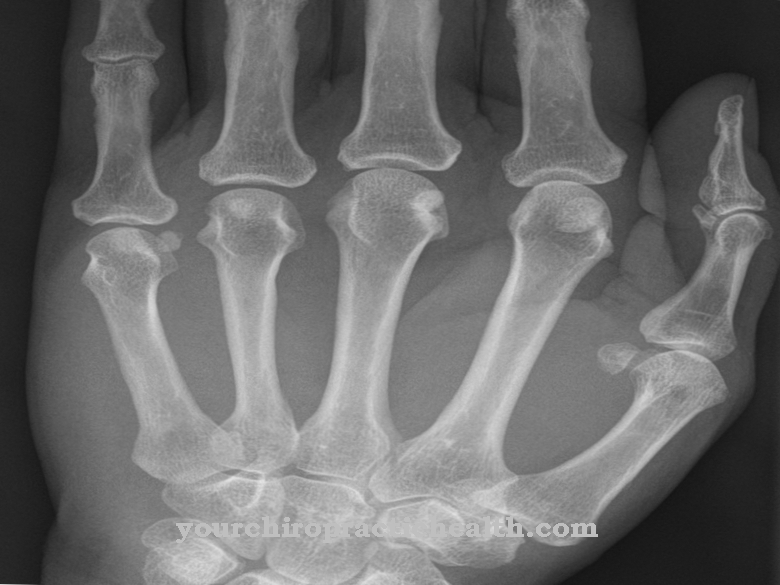
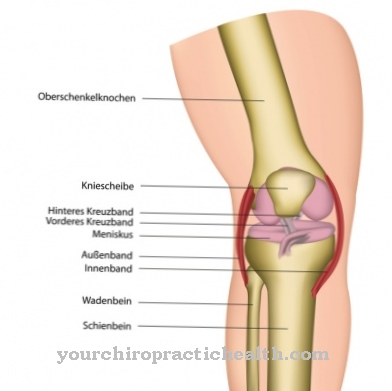
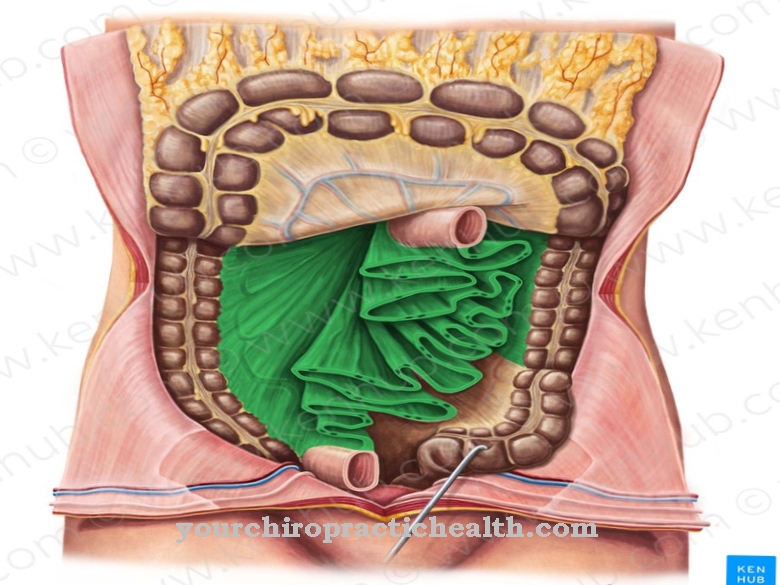
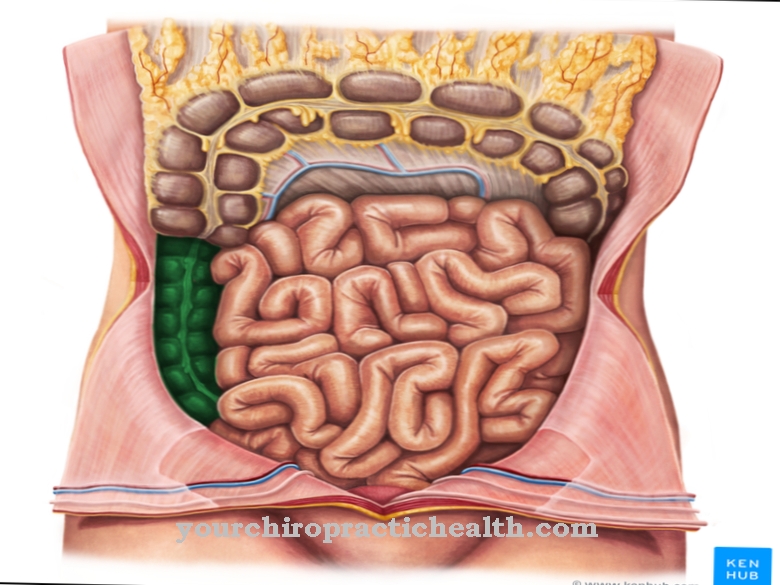

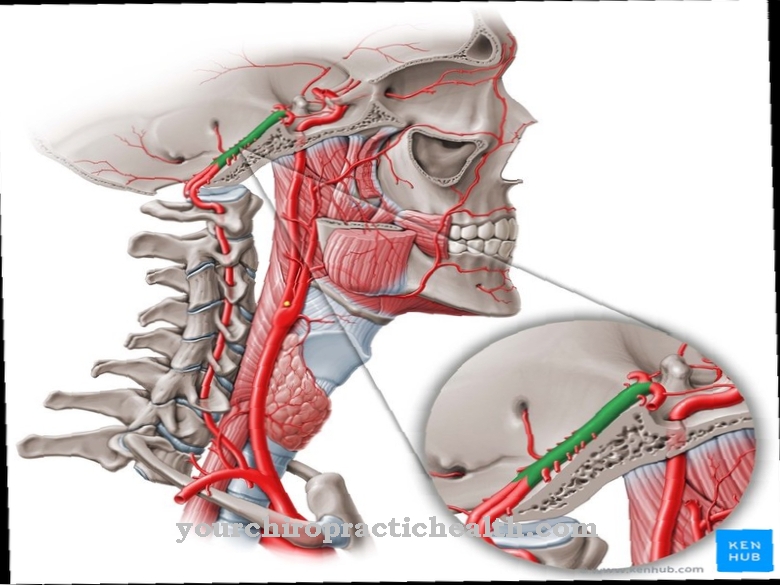

















.jpg)



